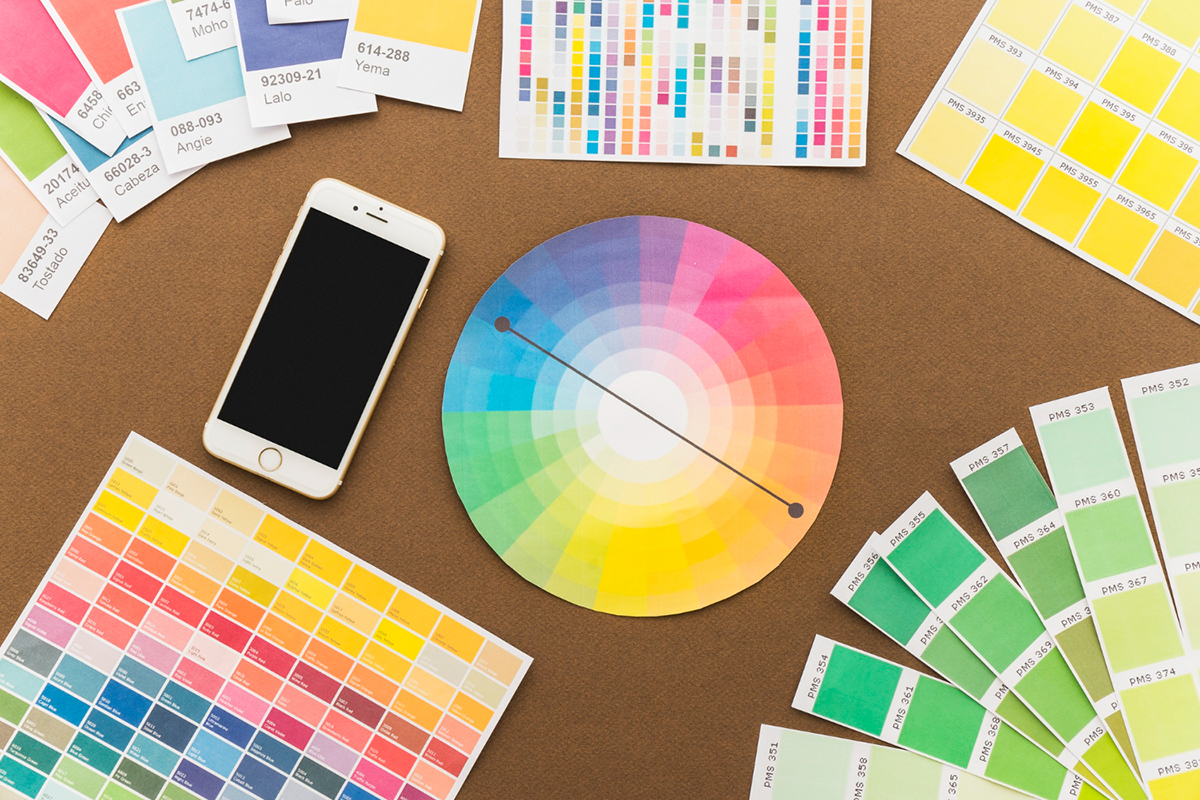
In today’s modern world, UI design plays a significant role in business marketing strategies. It is because UI design can affect customers' perceptions and decision-making when it comes to a product or a service. Among the factors that influence user interface design, color is one of the most significant aspects that can make or break the experience. Color impacts users' emotions and mood, which can either draw them in or repel them away. Thus, it is vital for professional web developers to apply a comprehensive understanding of color theory in UI design. In this blog post, we will discuss the importance of applying color theory in UI design.
1. Color can set the tone and mood of your website/application
Choosing the right color palette can establish the tone and mood of your website/application. Colors can evoke emotions, communicate messages, and convey meanings. For example, blue is often associated with professionalism and trust, green with nature and peacefulness, and yellow with happiness and joy. By using these colors appropriately, you can make the user feel the intended emotions and grab their attention.
2. Color can increase brand recognition
Creating a consistent color scheme across your website helps establish brand recognition. When users see the same colors repeatedly, they begin to associate those colors with your brand, making your website/application memorable. Therefore, it’s essential to use a color scheme that not only communicates your brand’s message but also helps enhance brand recognition.
3. Color can improve user interface usability
Designing the user interface involves more than just aesthetics. A well-designed user interface should improve usability and make navigation easier for the user. Proper use of colors can help highlight important information such as calls-to-action, links, and forms. The right combination of colors can guide users through website/application journeys and make it easier for them to find what they need.
4. Color can impact the user’s decision-making process
Color can significantly affect how users perceive and act towards a product or a service. For example, red is often used to warn users while green is a sign that indicates everything is okay. By knowing how users perceive different colors, web developers can design user interfaces that influence user behaviour intentionally. By using the right colors in the right places, you can encourage users to take specific actions, such as clicking a call-to-action button.
5. Color can improve accessibility
Accessibility affects how people with disabilities experience your website/application. By using appropriate colors, you can improve the usability and accessibility of your website/application. For example, using high contrast colors can help users with poor eyesight see content comfortably. This also improves the overall user experience.
Conclusion
In summary, UI design is an essential aspect of modern business marketing strategies, and color can make or break the user interface experience. Color can evoke emotions, improve usability, influence decision-making, and improve accessibility. Professional web developers must understand the importance of applying color theory in UI design to create user interfaces that leave a lasting impression. At REK Marketing & Design, we strive to create impactful, user-friendly, and visually stunning websites and applications with a comprehensive understanding of color theory. If you're looking for a web development company in Orlando, FL, contact us today to learn how we can help you incorporate color theory into your UI design project.